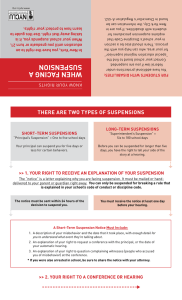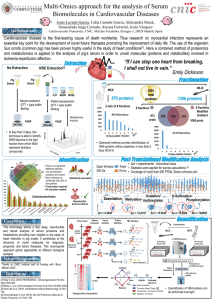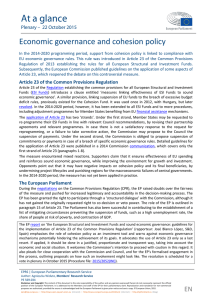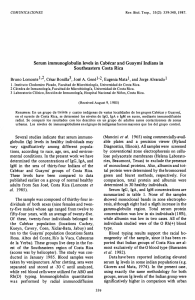Troubleshooting: Using Trypsin Solutions
Anuncio
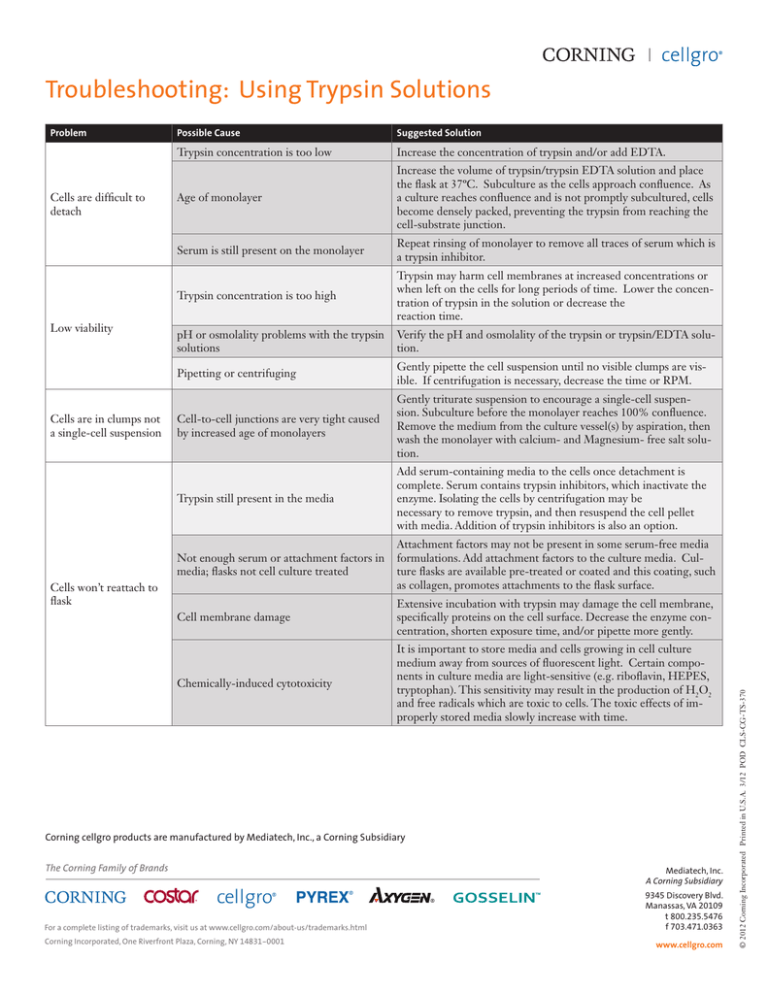
Problem Cells are difficult to detach Low viability Cells are in clumps not a single-cell suspension Possible Cause Suggested Solution Trypsin concentration is too low Increase the concentration of trypsin and/or add EDTA. Age of monolayer Increase the volume of trypsin/trypsin EDTA solution and place the flask at 37ºC. Subculture as the cells approach confluence. As a culture reaches confluence and is not promptly subcultured, cells become densely packed, preventing the trypsin from reaching the cell-substrate junction. Serum is still present on the monolayer Repeat rinsing of monolayer to remove all traces of serum which is a trypsin inhibitor. Trypsin concentration is too high Trypsin may harm cell membranes at increased concentrations or when left on the cells for long periods of time. Lower the concentration of trypsin in the solution or decrease the reaction time. pH or osmolality problems with the trypsin solutions Verify the pH and osmolality of the trypsin or trypsin/EDTA solution. Pipetting or centrifuging Gently pipette the cell suspension until no visible clumps are visible. If centrifugation is necessary, decrease the time or RPM. Cell-to-cell junctions are very tight caused by increased age of monolayers Gently triturate suspension to encourage a single-cell suspension. Subculture before the monolayer reaches 100% confluence. Remove the medium from the culture vessel(s) by aspiration, then wash the monolayer with calcium- and Magnesium- free salt solution. Trypsin still present in the media Add serum-containing media to the cells once detachment is complete. Serum contains trypsin inhibitors, which inactivate the enzyme. Isolating the cells by centrifugation may be necessary to remove trypsin, and then resuspend the cell pellet with media. Addition of trypsin inhibitors is also an option. Not enough serum or attachment factors in media; flasks not cell culture treated Attachment factors may not be present in some serum-free media formulations. Add attachment factors to the culture media. Culture flasks are available pre-treated or coated and this coating, such as collagen, promotes attachments to the flask surface. Cell membrane damage Extensive incubation with trypsin may damage the cell membrane, specifically proteins on the cell surface. Decrease the enzyme concentration, shorten exposure time, and/or pipette more gently. Chemically-induced cytotoxicity It is important to store media and cells growing in cell culture medium away from sources of fluorescent light. Certain components in culture media are light-sensitive (e.g. riboflavin, HEPES, tryptophan). This sensitivity may result in the production of H2O2 and free radicals which are toxic to cells. The toxic effects of improperly stored media slowly increase with time. Cells won’t reattach to flask Corning cellgro products are manufactured by Mediatech, Inc., a Corning Subsidiary The Corning Family of Brands ® cellgro® Mediatech, Inc. A Corning Subsidiary ® For a complete listing of trademarks, visit us at www.cellgro.com/about-us/trademarks.html Corning Incorporated, One Riverfront Plaza, Corning, NY 14831-0001 ® 9345 Discovery Blvd. Manassas, VA 20109 t 800.235.5476 f 703.471.0363 www.cellgro.com © 2012 Corning Incorporated Printed in U.S.A. 3/12 POD CLS-CG-TS-370 Troubleshooting: Using Trypsin Solutions

